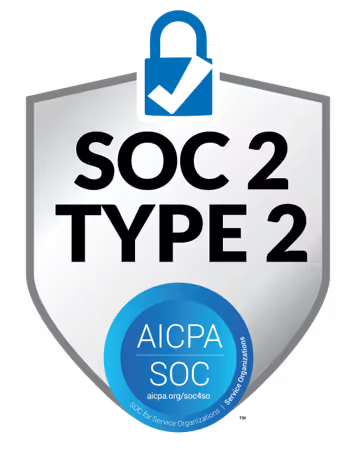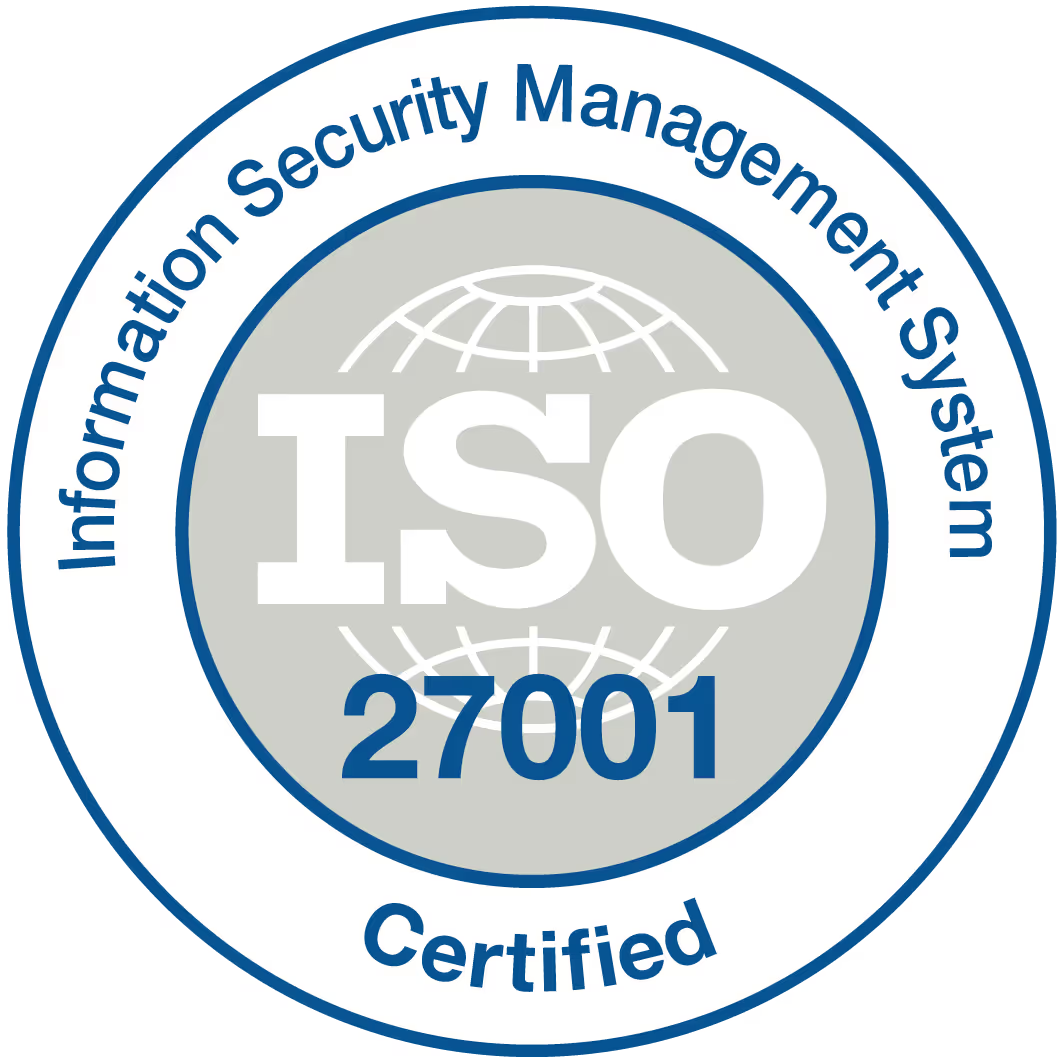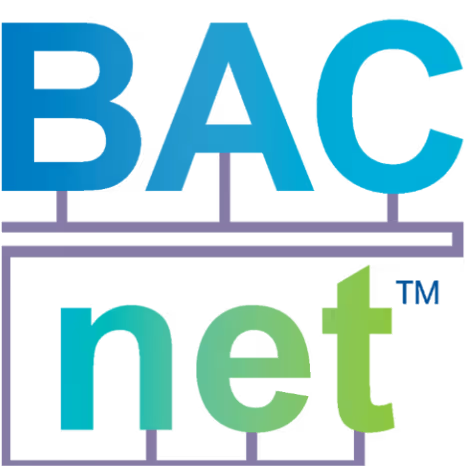Quick Answer
Understanding LoRaWAN Network Architecture Components of LoRaWAN Network Architecture LoRaWAN network architecture comprises end devices, gateways, network servers, LoRaWAN application servers, and standard integration.
LoRaWAN Application Server: Understanding Network Architecture

Let's dive into the realm of LoRaWAN Application Servers, gateways, the backbone of IoT networks. These servers act as a hub for data processing, device management, and communication in LoRaWAN deployments. With the surge in IoT adoption, understanding how gateways and servers function is crucial for seamless connectivity and efficient operations. Whether you're a tech enthusiast or an industry professional, grasping the ins and outs of LoRaWAN application servers can unlock a world of possibilities in smart technology applications. Join us as we unravel the significance and workings of these pivotal components - gateways, standard integration, server supports - driving the Internet of Things landscape.
Understanding LoRaWAN Network Architecture
Components of LoRaWAN Network Architecture
LoRaWAN network architecture comprises end devices, gateways, network servers, LoRaWAN application servers, and standard integration. The end devices are sensors or actuators that collect data to be transmitted over the network. Gateways receive this data and forward it to the network server for processing.
The network server acts as an intermediary and gateways between the end devices and application servers. It manages the communication between these two components and gateways, ensuring seamless data transfer back and forth. This key element, gateways, plays a crucial role in routing messages from end devices to their intended destination – the application server.
Role of Application Servers
Application servers, another vital component of a LoRaWAN network, are responsible for processing the data received from end devices via the network server. They play a pivotal role in analysing and acting upon this information based on predefined rules or algorithms. For instance, an application server might process temperature readings from sensors to trigger alerts if values exceed certain thresholds.
These servers enable various applications such as asset tracking, smart agriculture, or environmental monitoring by leveraging the data collected through connected end devices. By processing incoming information efficiently and accurately, application servers empower organisations to make informed decisions based on real-time insights derived from sensor data.
Connectivity Options for LoRaWAN Application Servers
MQTT Protocol
LoRaWAN application servers can connect to network servers using the MQTT protocol. This protocol ensures efficient and real-time communication between devices and servers. With MQTT, data is transmitted through a publish-subscribe model, allowing seamless data flow and reduced latency. For example, when a sensor sends information to the application server, it publishes the data on a specific topic that the server subscribes to, ensuring timely delivery.
- Enables real-time communication
- Publish-subscribe model for seamless data flow
HTTP Webhooks
Another connectivity option for LoRaWAN application servers is through HTTP webhooks. This method involves sending HTTP requests from one server to another in response to an event occurrence. When a device transmits data over the LoRaWAN network, an HTTP request containing that information is sent directly to the application server's endpoint URL. This direct communication allows quick transmission of data without intermediaries.
Message Processing and Data Rate Adaptation
Decoding and Interpretation
Message processing in LoRaWAN application servers is a crucial task that involves decoding and interpreting data from end devices. When uplink messages containing information from sensors or applications are received by the server, they need to be decrypted, decoded, and processed. This process ensures that the application data transmitted by the devices is correctly interpreted for further actions. By efficiently handling this message processing stage, application servers can extract valuable insights from the incoming data.
- Efficient decoding of uplink messages
- Accurate interpretation of sensor data
- Streamlining message processing for quick response times
Optimal Transmission Rates
Data rate adaptation plays a significant role in ensuring smooth communication within a LoRaWAN network. By adjusting transmission rates based on factors like signal strength and network conditions, application servers can optimise data rate for each device's specific requirements. This adaptive approach helps in maintaining reliable connections while conserving battery life on end devices. Ensuring optimal transmission rates contributes to effective upstream communication (from devices to server) as well as efficient downstream communication (from server to devices).
Security and Interoperability in LoRaWAN Application Servers
Importance of Security Measures
Security measures, such as encryption and authentication protocols, play a crucial role in safeguarding data within LoRaWAN networks. Encryption ensures that data transmitted between devices and the application server is secure from unauthorised access. For instance, AES encryption is commonly used to protect sensitive information sent over LoRaWAN networks.
To enhance security further, authentication protocols like OTAA (Over-The-Air-Activation) are implemented to verify the identity of devices connecting to the network. By requiring devices to authenticate themselves before accessing the network, potential threats from malicious actors are mitigated effectively.
- Pros:
- Protects sensitive data from unauthorised access
- Mitigates potential threats from malicious actors
Ensuring Interoperability Standards
Interoperability standards are vital for enabling seamless communication among various components within a LoRaWAN network. These standards ensure that different elements, including sensors, gateways, and application servers can communicate effectively with each other without compatibility issues. For example, by adhering to standardised protocols like MQTT or CoAP, devices can exchange information effortlessly across the network.
Integrating MQTT, HTTP Webhooks, and Pub/Sub
Real-time Messaging with MQTT
MQTT, a lightweight protocol, facilitates real-time messaging between devices and servers. This integration ensures efficient communication without heavy bandwidth usage. For instance, in a LoRaWAN application server, integrating MQTT allows for instant data transmission from sensors to the server.
- Enables real-time messaging
- Lightweight protocol for efficient communication
- Facilitates instant data transmission
Integrating MQTT into a LoRaWAN application server streamlines the process of sending and receiving data between connected devices. By leveraging this integration, developers can ensure that information is transmitted swiftly and accurately across the network.
Direct Communication with HTTP Webhooks
HTTP webhooks play a crucial role in enabling direct communication between applications using standard web protocols. When integrated into a LoRaWAN application server, these webhooks allow seamless interactions between various services by triggering predefined actions based on specific events.
- Facilitates direct communication
- Enables seamless interactions between services
- Triggers predefined actions based on events
Incorporating HTTP webhooks into a LoRaWAN application server empowers developers to create customised workflows that respond dynamically to incoming sensor data or commands from external systems. This flexibility enhances the overall functionality of the system.
Scalable Data Distribution via Pub/Sub
The implementation of Pub/Sub architecture within a LoRaWAN application server enables scalable data distribution across multiple subscribers efficiently. By utilising this model, publishers send messages to an intermediary message broker (Pub) which then distributes them to all interested subscribers (Sub).
- Enables scalable data distribution
- Efficiently distributes messages among multiple subscribers
- Utilises intermediary message broker
Features and Support in Open-Source Network Servers
Community Support
Open-source network servers, like LoRaWAN Application Servers, benefit from community support. This support is crucial for enhancing features and addressing issues that users encounter. The collective knowledge within the community contributes to continuous improvements in functionalities.
Community-driven development ensures that open-source solutions remain dynamic and adaptable to various needs. For instance, if a user requires a specific feature not currently available, they can engage with the community to either develop it themselves or request it as an addition. This collaborative approach fosters innovation within the server ecosystem.
Regular Updates and Contributions
One of the significant advantages of open-source network servers is the regular updates and contributions that keep them relevant and efficient. Developers worldwide contribute code enhancements, bug fixes, and new features to ensure that the server remains up-to-date.
The constant evolution of open-source network servers guarantees that users have access to cutting-edge technologies without having to rely solely on internal development teams or third-party vendors for updates. This agile model allows organisations to stay competitive in rapidly changing IoT landscapes by leveraging the latest advancements in LoRaWAN technology.
Commercial vs Hosted LoRaWAN Network Server Solutions
Dedicated Support and Tailored Services
Commercial LoRaWAN application servers provide dedicated support, ensuring businesses have assistance whenever needed. These solutions offer advanced features tailored to specific business requirements. For instance, a company focusing on asset tracking may benefit from specialised features for location monitoring.
Hosted LoRaWAN network servers, on the other hand, offer convenience through cloud-based deployment options. Businesses opting for hosted solutions can enjoy managed services that handle server maintenance and updates. This setup is ideal for companies looking to minimise their IT workload while still benefiting from robust network server capabilities.
Factors Influencing Choice
When deciding between commercial and hosted LoRaWAN application server solutions, several factors come into play. Budget considerations are crucial; commercial solutions often involve upfront costs or subscription fees, whereas hosted options typically operate on a pay-as-you-go model. Scalability is another key consideration - businesses expecting rapid growth might prefer scalable hosted solutions that can easily expand with their needs.
Technical expertise also plays a significant role in this decision-making process. Companies with limited in-house IT resources may find it more practical to opt for a fully managed hosted solution where technical aspects are handled by the service provider. Conversely, organisations with skilled IT teams might lean towards commercial offerings that allow greater customization and control over the network server environment.
- Pros and Cons
- Commercial: Dedicated support & tailored features.
- Hosted: Cloud-based deployment & managed services.
- Key Considerations
- Budget: Upfront costs vs pay-as-you-go.
- Scalability: Growth expectations influence choice.
- Technical Expertise: Managed vs self-managed based on skills.

Overview of Popular LoRaWAN Network Servers in the Market
Features and Pricing
LoRaWAN network servers like The Things Network (TTN), ChirpStack, and Loriot offer various features catering to different user needs. The Things Network (TTN) provides a free-to-use platform supported by a global community, making it ideal for small-scale projects with limited budgets. On the other hand, ChirpStack offers a more enterprise-focused solution with advanced customisation options but may come at a higher cost. Loriot, known for its robust infrastructure and scalability, is favoured by large-scale deployments requiring high reliability.
- Pros:
- Diverse feature sets cater to different project requirements.
- Various pricing models available to suit budget constraints.
- Cons:
- Higher costs associated with some enterprise-focused servers.
- Free platforms may have limitations in terms of scalability.
When selecting an application server, understanding the pricing models is crucial as they vary significantly among providers. Some servers might operate on a subscription-based model where users pay according to usage or device connections. In contrast, others may offer tiered pricing based on the number of messages transmitted or devices connected.
Support Options and User Requirements
Apart from features and pricing, considering support options provided by each network server is vital for seamless project implementation. For instance, The Things Network (TTN) boasts an extensive knowledge base along with active forums where users can seek help from experts and peers alike. Conversely,ChirpStack offers dedicated customer support services suitable for businesses needing immediate assistance with their deployments.
- Evaluate your project's specific requirements before choosing an application server.
- Consider factors such as required scalability, geographical coverage, data security measures needed etc.
- Research each network server's support channels to ensure timely assistance when troubleshooting issues arises.
You've delved deep into the realm of LoRaWAN application servers, uncovering the intricate web of network architecture, connectivity options, security measures, and integration capabilities. As you navigate this landscape, remember that choosing the right solution is akin to selecting the perfect tool for a craft - it needs to fit seamlessly and enhance your work without constraints. Whether you opt for an open-source network server or a commercial solution, ensure it aligns with your objectives and amplifies your capabilities in the IoT domain.
Now armed with insights into popular LoRaWAN network servers and their features, it's time to take the next step. Evaluate your requirements, weigh the options against your needs, and embark on implementing a robust LoRaWAN infrastructure that propels your projects to new heights. The world of IoT awaits your innovative touch. Keep exploring, keep experimenting, and keep pushing boundaries.
Unlock the Full Potential of Your IoT Devices with Infodeck.io's Integrated LoRaWAN Network Server and Application Server
Experience unparalleled efficiency and seamless integration in your IoT operations with Infodeck.io. Our state-of-the-art solution fuses the LoRaWAN Network Server (LNS) and Application Server into a single, cohesive platform, ensuring that your sensor data is not only collected but also instantly actionable. By simplifying the implementation process of adopting LoRaWAN technology, Infodeck.io empowers your organisation to capitalise on the Internet of Things without the complexity typically associated with such high-tech solutions.
Infodeck.io stands at the forefront of IoT connectivity, offering:
- Efficient Data Management: Streamline your workflows with our integrated system that expertly manages your sensor data from acquisition to application.
- Advanced Security Protocols: Benefit from end-to-end encryption and rigorous security standards that protect your network integrity and data privacy.
- Real-Time Analytics: Leverage the power of real-time data processing for timely decision-making and enhanced operational responsiveness.
- Certified Reliability: Trust in our certifications and industry compliance that validate our commitment to providing robust and dependable IoT solutions.
- Simplified Deployment: Reduce setup times and complexity with Infodeck.io user-friendly interface and extensive support resources.
Infodeck.io is your partner in unlocking the full potential of IoT. Embrace the future with our professional, benefit-driven approach that highlights your organisation's technical expertise. Discover how Infodeck.io can transform your IoT strategy. Elevate your IoT ecosystem today.
Frequently Asked Questions
What is the significance of LoRaWAN Application Servers in IoT networks?
LoRaWAN Application Servers play a crucial role in managing data received from end devices, enabling customisation of applications and services, ensuring secure communication, and facilitating integration with other systems.
How do MQTT, HTTP Webhooks, and Pub/Sub integrations integrate into LoRaWAN Application Servers?
These protocols enhance the flexibility and interoperability of LoRaWAN networks by allowing seamless communication between devices, servers, and applications. MQTT enables lightweight messaging while HTTP Webhooks facilitate real-time data transfer. Pub/Sub ensures efficient message distribution across multiple subscribers.
What are the key features supported by Open-Source Network Servers for LoRaWAN?
Open-source network servers offer features like scalability, community support for enhancements, cost-effectiveness due to no licensing fees, flexibility for customisation based on specific requirements, and transparency in code which fosters trust among users.
How does Data Rate Adaptation work within a LoRaWAN network architecture?
Data Rate Adaptation dynamically adjusts transmission rates based on signal strength to optimise energy consumption while maintaining reliable connectivity. This adaptive mechanism ensures efficient use of resources without compromising on data delivery reliability or latency requirements.
Why is Security emphasised in LoRaWAN Application Servers?
Security measures such as encryption techniques (AES), device authentication mechanisms (DevEUI/JoinEUI/AppKey), session keys management ensure data confidentiality and integrity. With increasing cyber threats targeting IoT ecosystems security becomes paramount to safeguard sensitive information transmitted over the network.
Key Takeaways
- Implementing a LoRaWAN application server requires a solid grasp of the network architecture: Understanding how devices, gateways, network servers, and application servers interact is crucial for successful deployment.
- Choose the right connectivity option for your LoRaWAN application server: Whether you opt for MQTT, HTTP Webhooks, or Pub/Sub, selecting the appropriate method can enhance data transmission efficiency.
- Prioritise message processing and data rate adaptation: Efficient handling of messages and adapting data rates based on network conditions are key factors in optimising LoRaWAN performance.
- Emphasise security and interoperability in your LoRaWAN application servers: Implementing robust security measures and ensuring interoperability with various devices are essential for safeguarding data and enabling seamless communication.
- Integrate MQTT, HTTP Webhooks, and Pub/Sub effectively: Leveraging these integration options can streamline data flow and enhance the functionality of your LoRaWAN application server.
- Consider the features and support offered by open-source network servers: Evaluating the capabilities and community support of open-source solutions can help in selecting the most suitable option for your requirements.


.png)




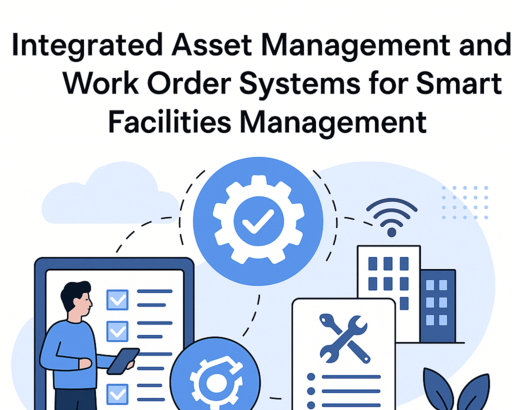
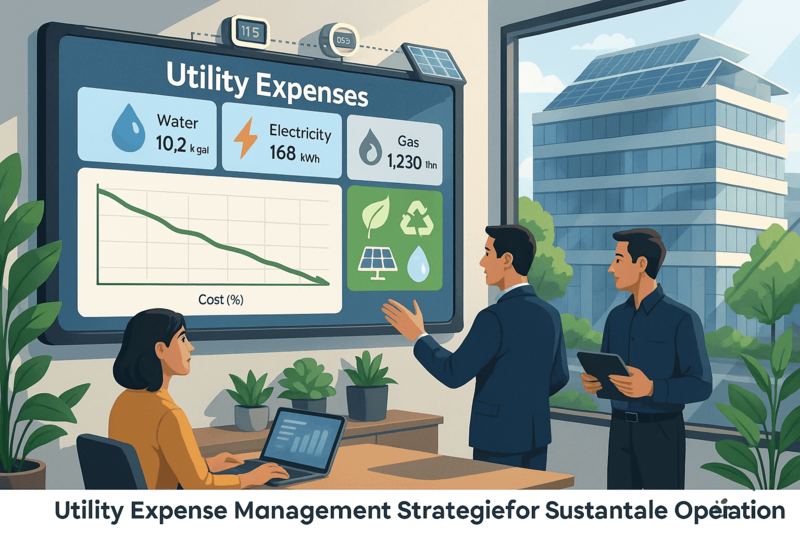


.png)




.png)
















.jpeg)













